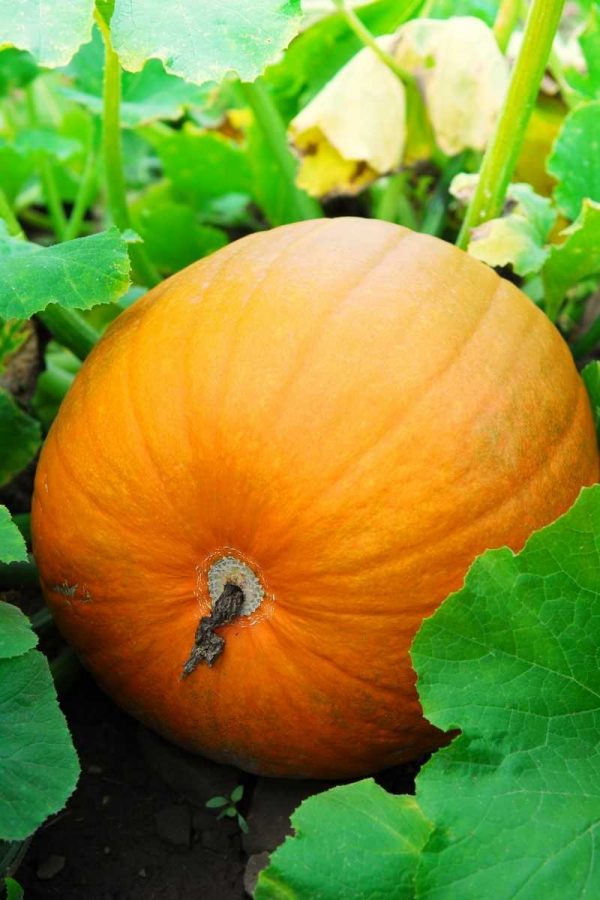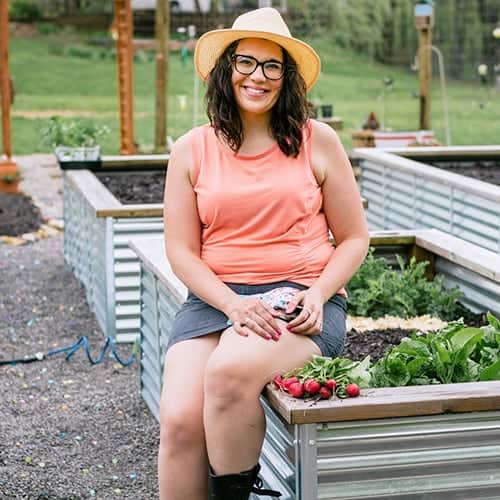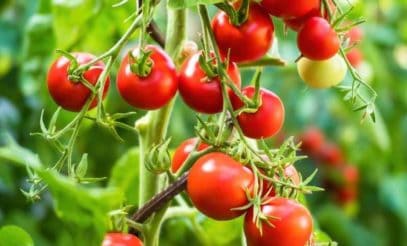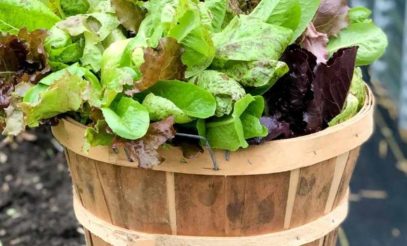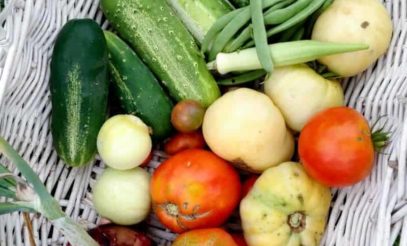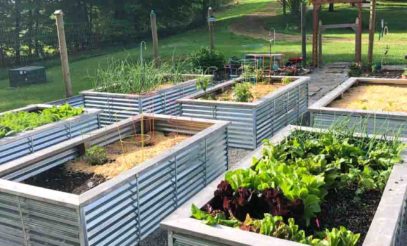As temperatures fall, pumpkin lovers get down to business: picking and preparing for winter storage. But how do you know when pumpkins are ready to harvest?
Pumpkins are a fall crop favorite—not only are they delicious, but they also look festive when used as autumn decor. When is the best time to harvest pumpkins? Let’s dig into it!
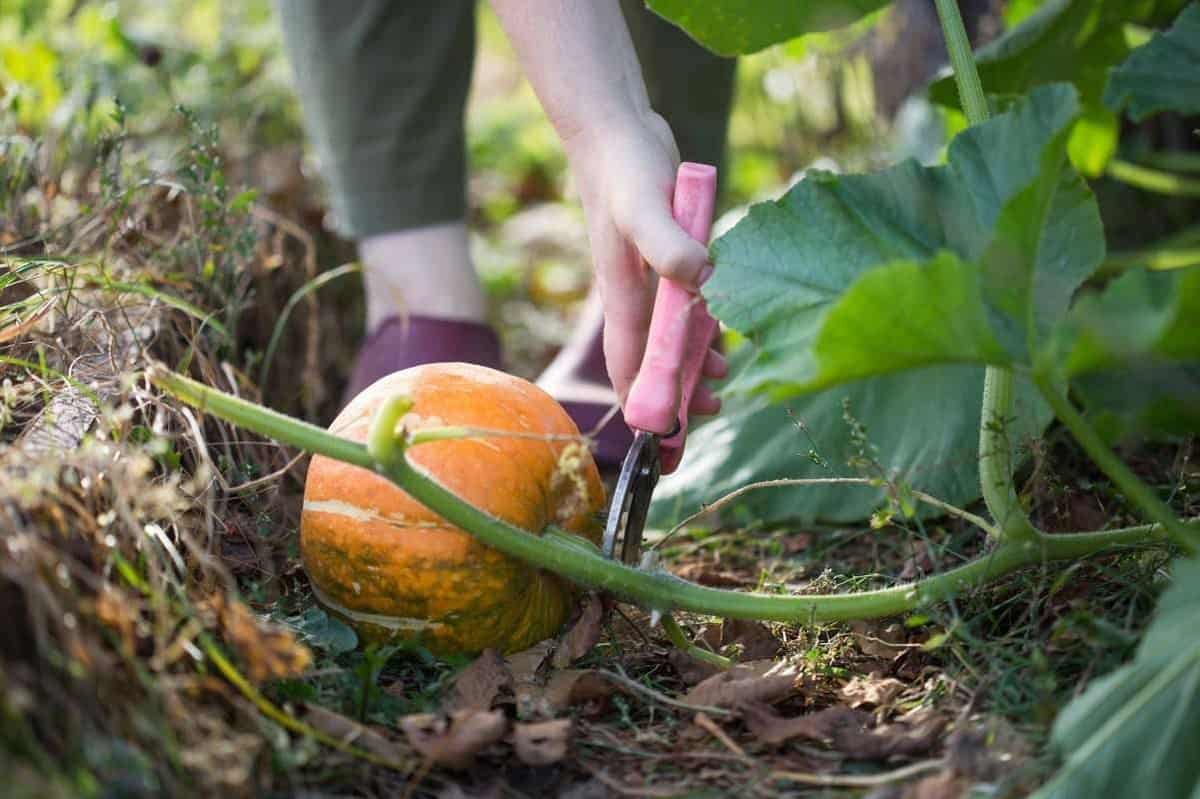
Table of Contents
What month are pumpkins harvested?
Pumpkins need an average of 100 days to reach maturity, so they are typically ready in early to mid fall—generally, sometime between late August and late October, depending on the variety and your growing zone.
How do you know when a pumpkin is ready to pick?
A pumpkin is ready to be harvested when it shows these signs:
- It is the color of a mature pumpkin. For many pumpkin varieties, this means that the rind will have an even orange hue. But if you’re growing something like a Long Island Cheese or a Blanco pumpkin, the rind should be the final color of that variety.
- The stem is hard.
- The leaves closest to the pumpkin are dried out and brown.
- The rind is hard when you gently scratch it.
- The squash sounds hollow when you knock on it.

How many pumpkins will I get per plant?
The number of pumpkins you’ll get out of a single pumpkin plant will depend on the kind of pumpkin you’re growing, the climate, and the general growing conditions. However, a good estimate is that a single pumpkin vine will grow up to five large pumpkins or a dozen mini pumpkins or small pie pumpkins.
Do pumpkins fall off the vine when ripe?
Nope—you are thinking of cantaloupes! Ripe pumpkins will need to be cut off the vine.
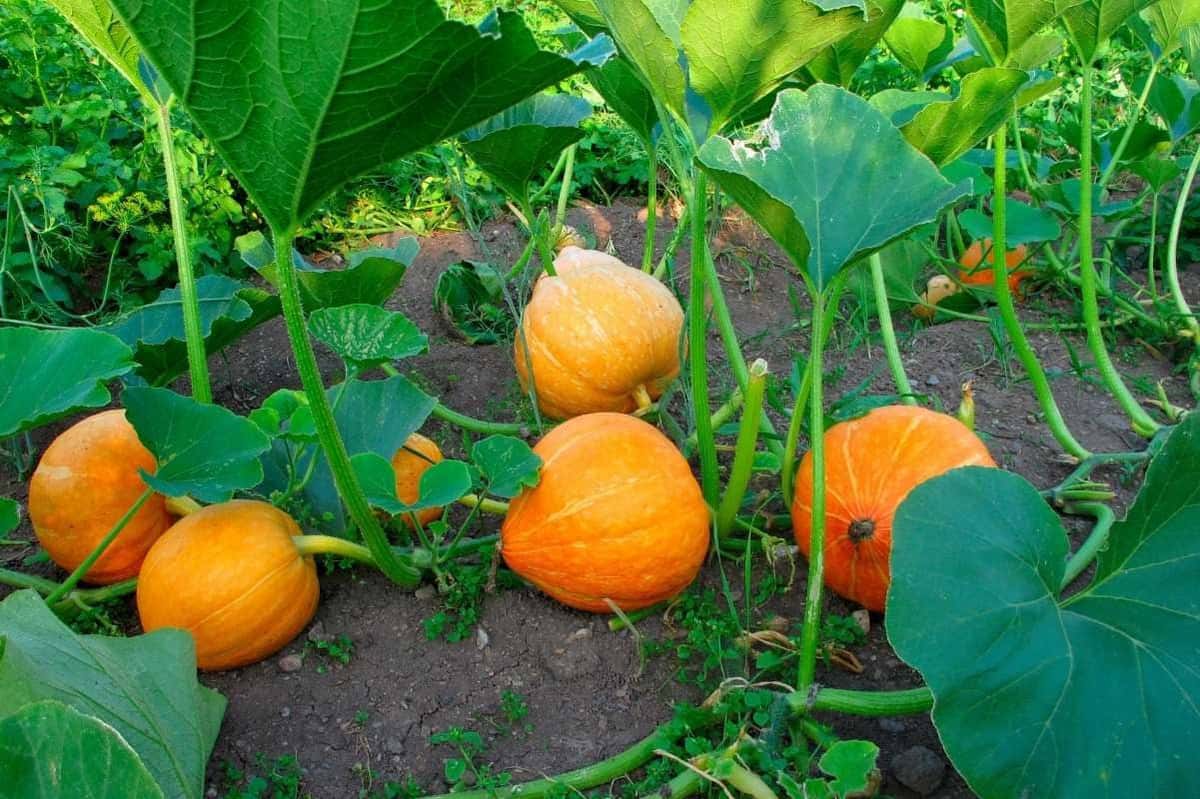
How do I harvest pumpkins?
Ideally, you should harvest pumpkins on a sunny, dry day. To do so, use a sharp knife to cut through the stem—leave about three inches of stem attached to the squash.
You can use the pumpkin immediately, but if you want to store it for longer than a week or so, it must cure first.
How do you cure pumpkins?
All you need to cure pumpkins are a sunny spot that will stay pretty dry. Lay the squash out in a single layer on a flat surface in the sun for a week or ten days—turn the squash every few days so that all sides of the pumpkin get some time in the sun.
The pumpkins are done curing when you can press a fingernail into the skin of the squash and not see a dent. This means the skin is tough enough to last the winter!
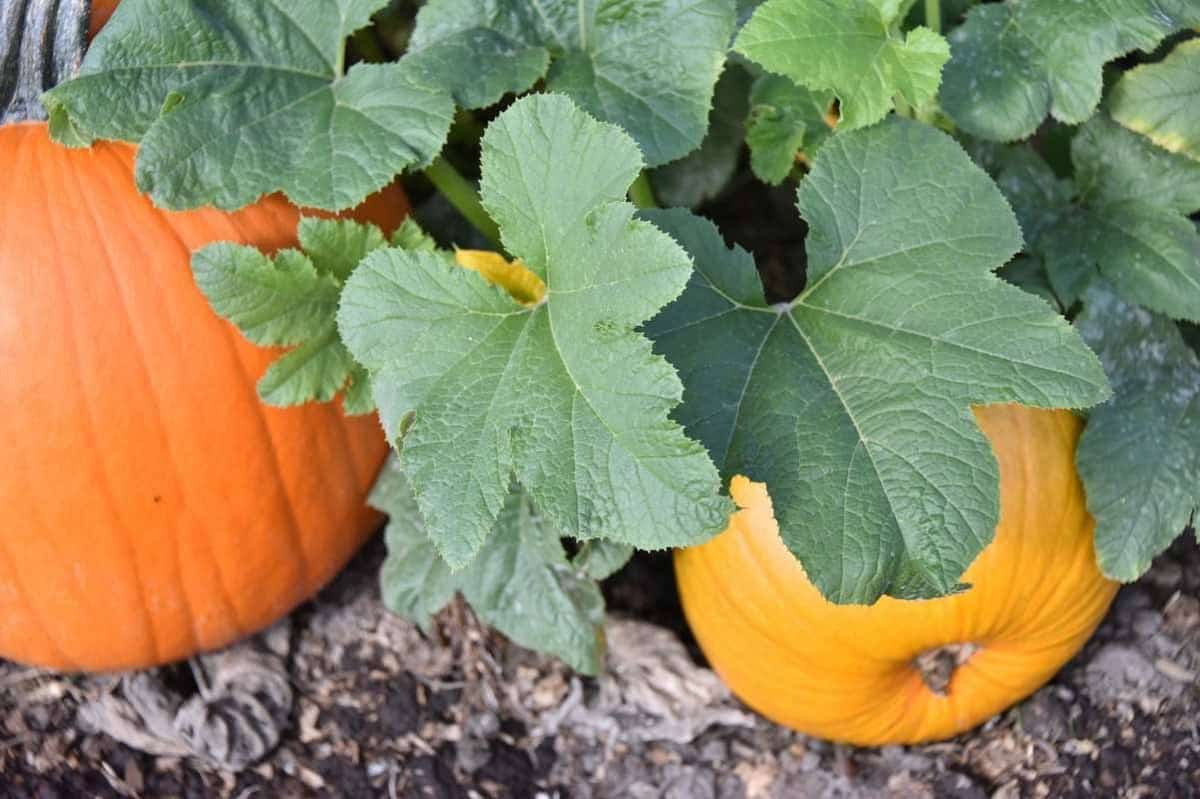
How do I store pumpkins for winter?
Like other winter squash, pumpkins will last the longest in a cool, dry room. A temperature of about 55°F is ideal—this often means root cellars, basements, and closets are decent choices. In mild climates, you may also be able to store pumpkins and winter squash in a garage or shed. Keep the pumpkins up off the ground if possible.
Properly cured pumpkins will last about three months.
What happens if you leave pumpkins on the vine?
It should be okay, as long as you don’t have animal issues (deer, raccoons, and other critter pests love to snack on ripe pumpkins!). In most climates, the vines will die back before the pumpkins start to decay on the plant. Just be sure that all the squash are harvested by the time the plants die back.
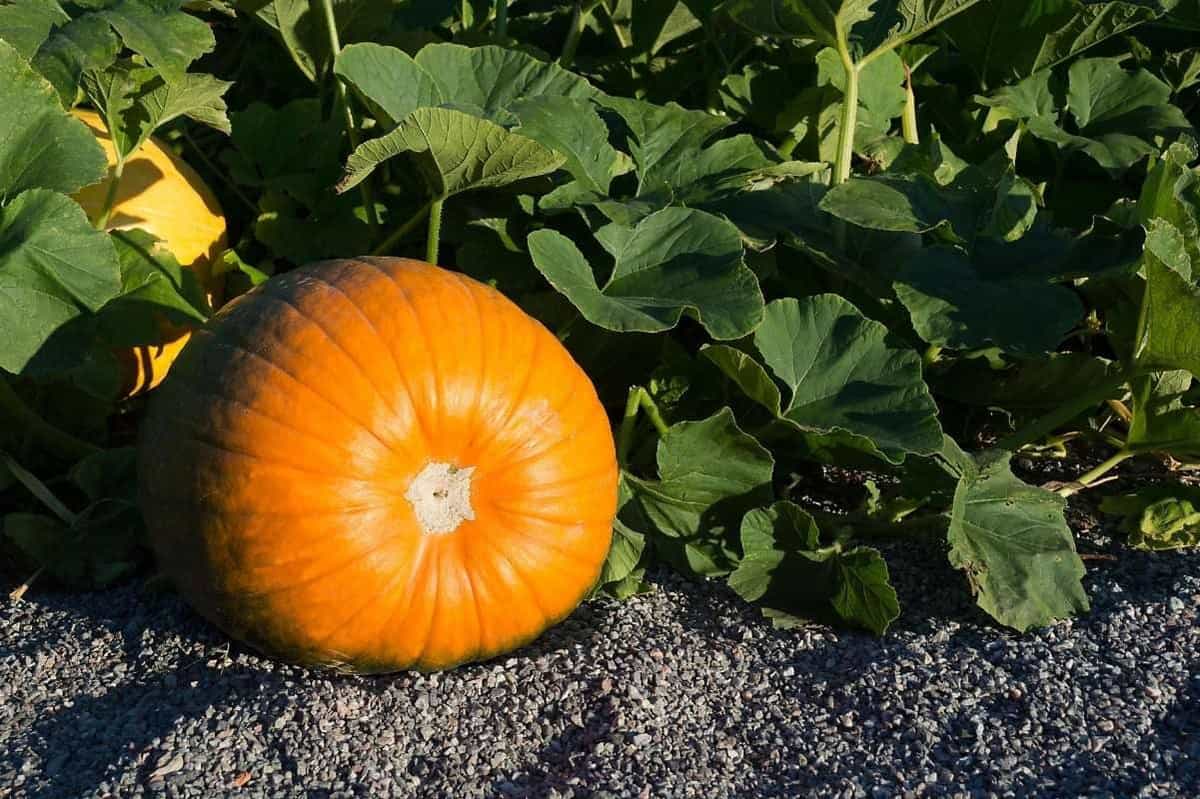
What if you pick pumpkins too early?
Pumpkins picked too early will look fine on the outside, but the flesh inside will be bland and flavorless.
How should I use pumpkins?
Of course, there’s carving larger pumpkins into Halloween jack-o’-lanterns, but there are so many other uses for pumpkins!
- Use as fall decor until you’re ready to cook with them.
- When you carve your Halloween pumpkin, don’t throw out the seeds! Roast them for a tasty snack instead.
- Check out this giant list of pumpkin recipes, from pies to enchiladas to pumpkin fries (!!).
- Make a pumpkin cake with a sweet maple frosting. If you’re vegan, try this vegan pumpkin cake instead!
- Try it in this traditional Jamaican pumpkin beef soup.
- A whole stuffed pumpkin is quite the showstopper.
- Cook up some Indian pumpkin curry for a sweet-spicy dinner.

